Ilha - Full Catalogue
The territory of Moçambique was occupied in 900AD by Arab traders. It was in 1498 during his search for a maritime trading route between Lisbon and India that Vasco da Gama reached the Island of Moçambique. By 1507 the Portuguese had established a port and naval base. Ilha de Moçambique had become one of Portugal’s vital trading links between Asia and Europe for spices, gold, ivory, pottery and African wood. For 400 years the island was to be the capital of Portuguese East Africa.
At the end of the 17th Century after enjoying strong economic expansion the island went into a period of decline but was revived in the second half of the 18th Century by the slave trade. However, with the opening of the Suez Canal in 1869 the island’s fortunes began to wane and in 1898 the capital of Moçambique was transferred to Laurenço Marques (Maputo) considerably slowing the economy of Ilha de Moçambique. A further blow came in the middle of the 20th Century with the new harbour of Nacala (60km North) taking most of the remaining trade.
Today the island faces problems of degradation and neglect with many buildings in ruins. However, with its rich history and being a UNESCO World Heritage Site, Ilha de Moçambique has started benefiting from restoration work and management studies by international specialists.
Please let us know your location when enquiring about prints
View fullsize
![ILHA_07]()

ILHA_07
View fullsize
![ILHA_01]()
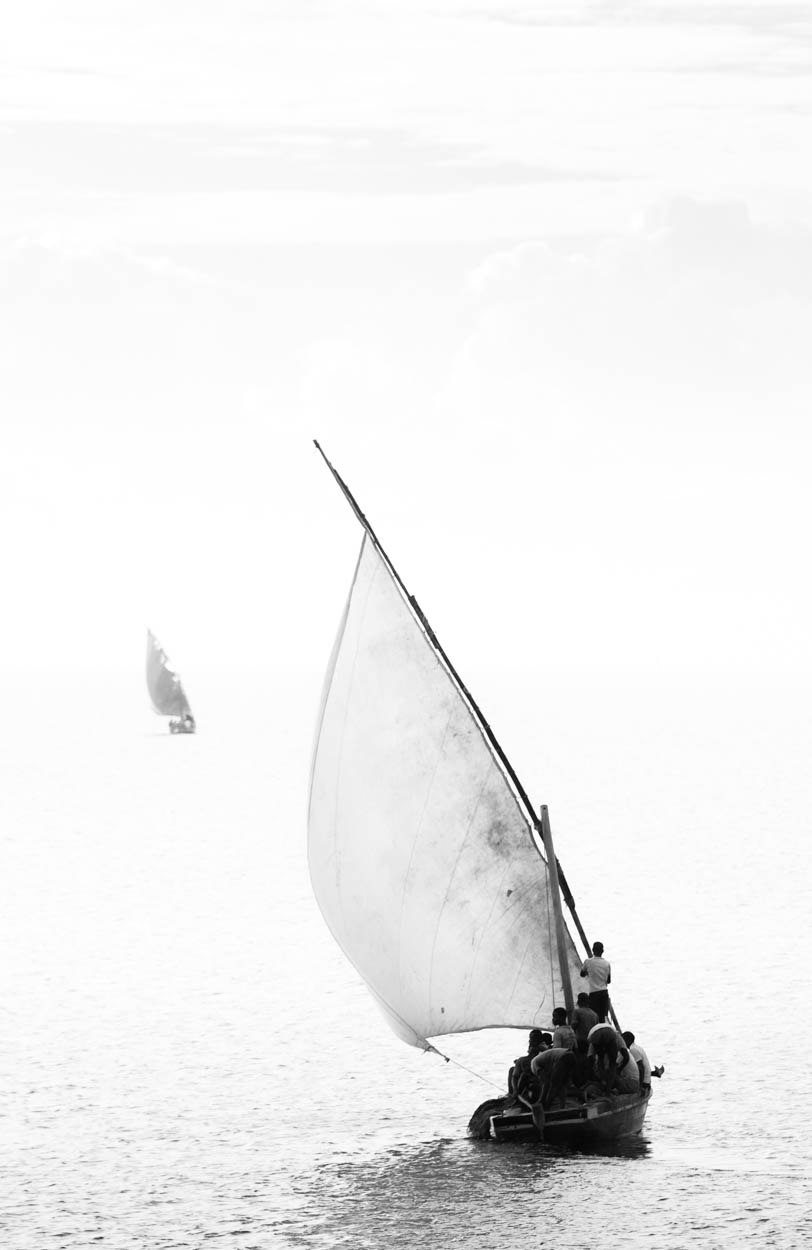
ILHA_01
View fullsize
![ILHA_05]()
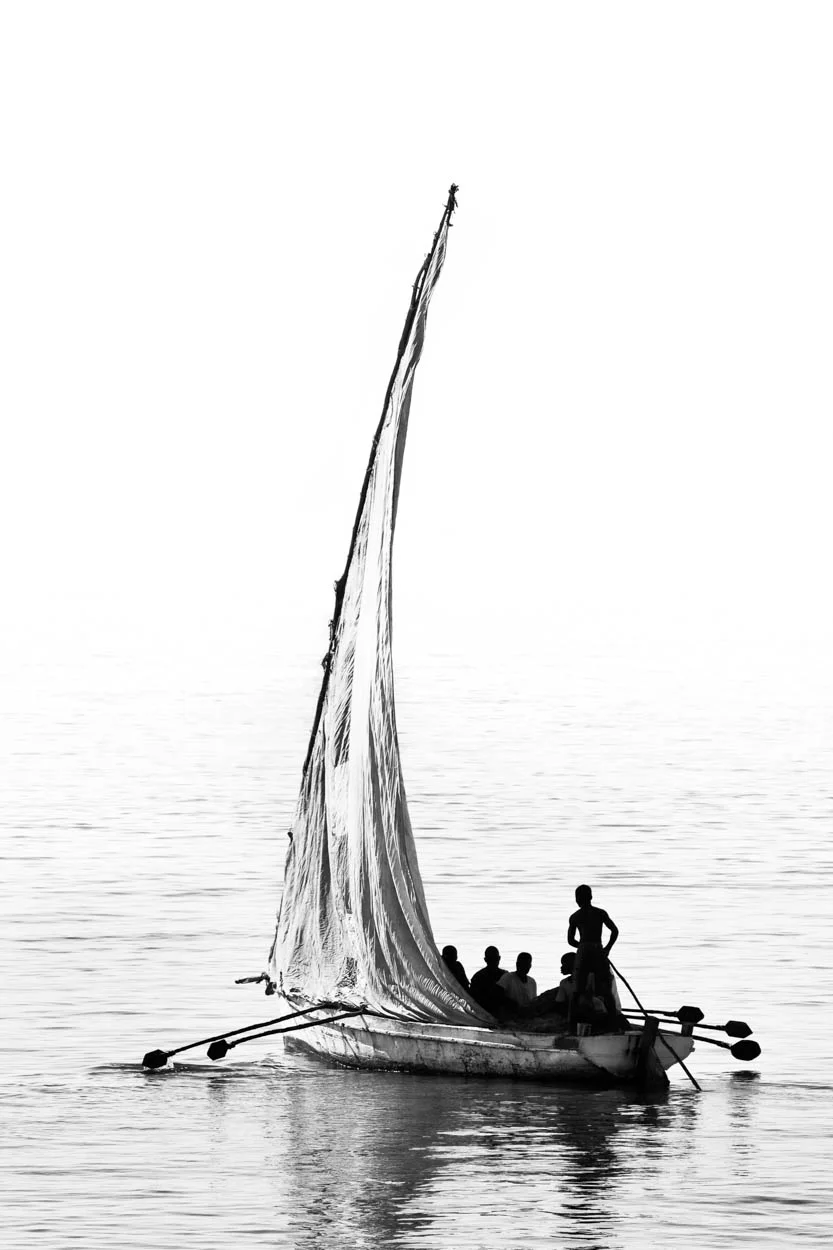
ILHA_05
View fullsize
![ILHA_19]()

ILHA_19
View fullsize
![MZ_20]()

MZ_20
View fullsize
![ILHA_28]()

ILHA_28
View fullsize
![ILHA_27]()

ILHA_27
View fullsize
![ILHA_21]()

ILHA_21
View fullsize
![ILHA_23]()

ILHA_23
View fullsize
![ILHA_25]()

ILHA_25
View fullsize
![ILHA_24]()

ILHA_24
View fullsize
![ILHA_12]()

ILHA_12
View fullsize
![ILHA_13]()

ILHA_13
View fullsize
![ILHA_26]()
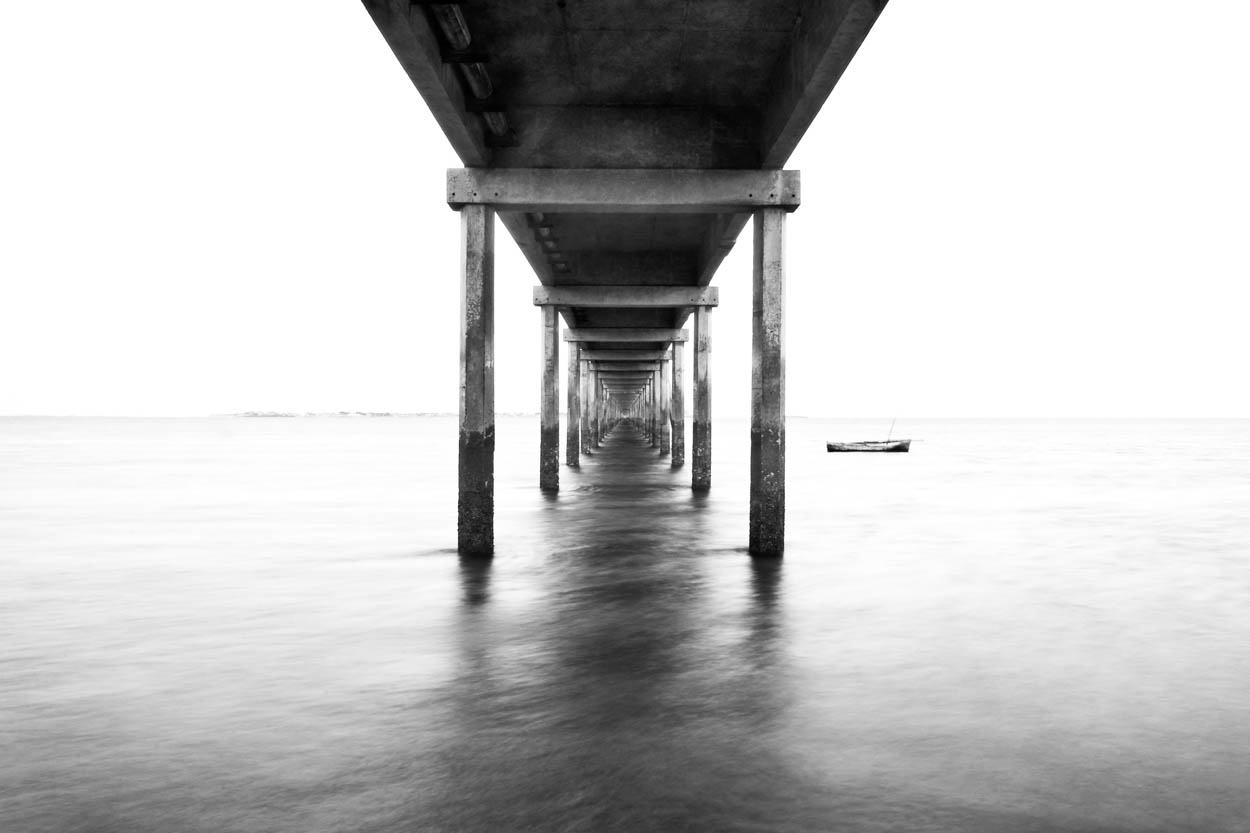
ILHA_26
View fullsize
![ILHA_22]()

ILHA_22
View fullsize
![ILHA_30]()

ILHA_30
View fullsize
![ILHA_03]()

ILHA_03
View fullsize
![ILHA_02]()
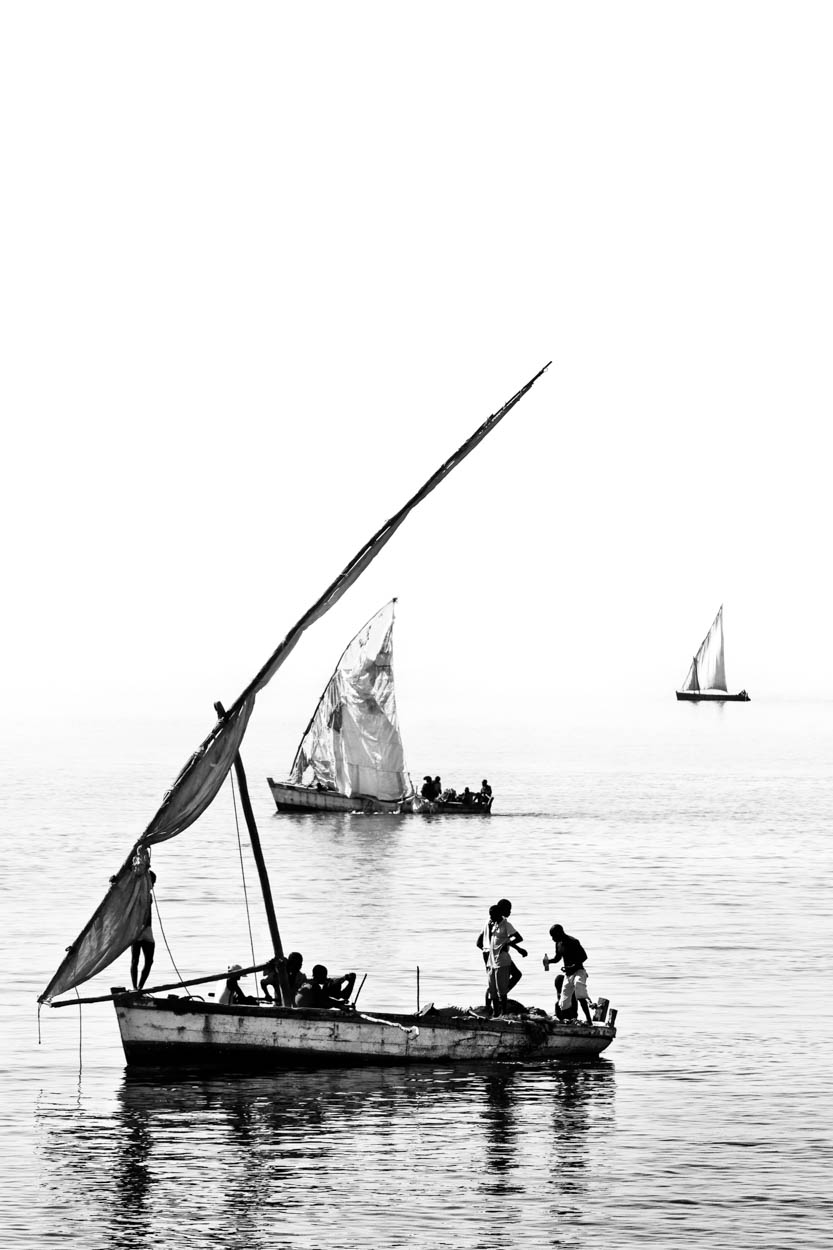
ILHA_02
View fullsize
![ILHA_32]()

ILHA_32
View fullsize
![ILHA_33]()

ILHA_33
View fullsize
![ILHA_04]()

ILHA_04
View fullsize
![ILHA_45]()

ILHA_45
View fullsize
![ILHA_08]()

ILHA_08
View fullsize
![ILHA_35]()

ILHA_35
View fullsize
![ILHA_72]()

ILHA_72
View fullsize
![ILHA_34]()

ILHA_34
View fullsize
![ILHA_42]()

ILHA_42
View fullsize
![ILHA_41]()

ILHA_41
View fullsize
![ILHA_18]()

ILHA_18
View fullsize
![ILHA_66]()
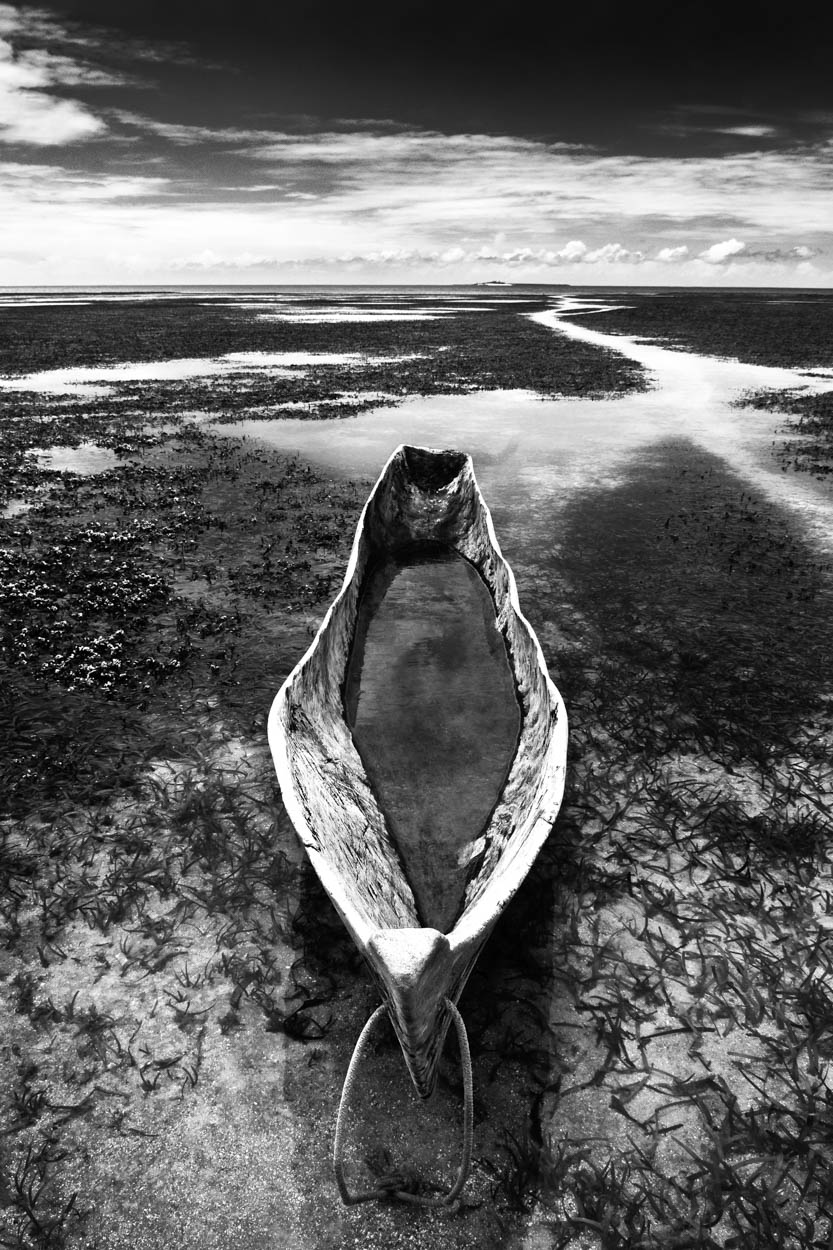
ILHA_66
View fullsize
![ILHA_62]()

ILHA_62
View fullsize
![ILHA_51]()

ILHA_51
View fullsize
![ILHA_48]()

ILHA_48
View fullsize
![ILHA_11]()

ILHA_11
View fullsize
![ILHA_16]()
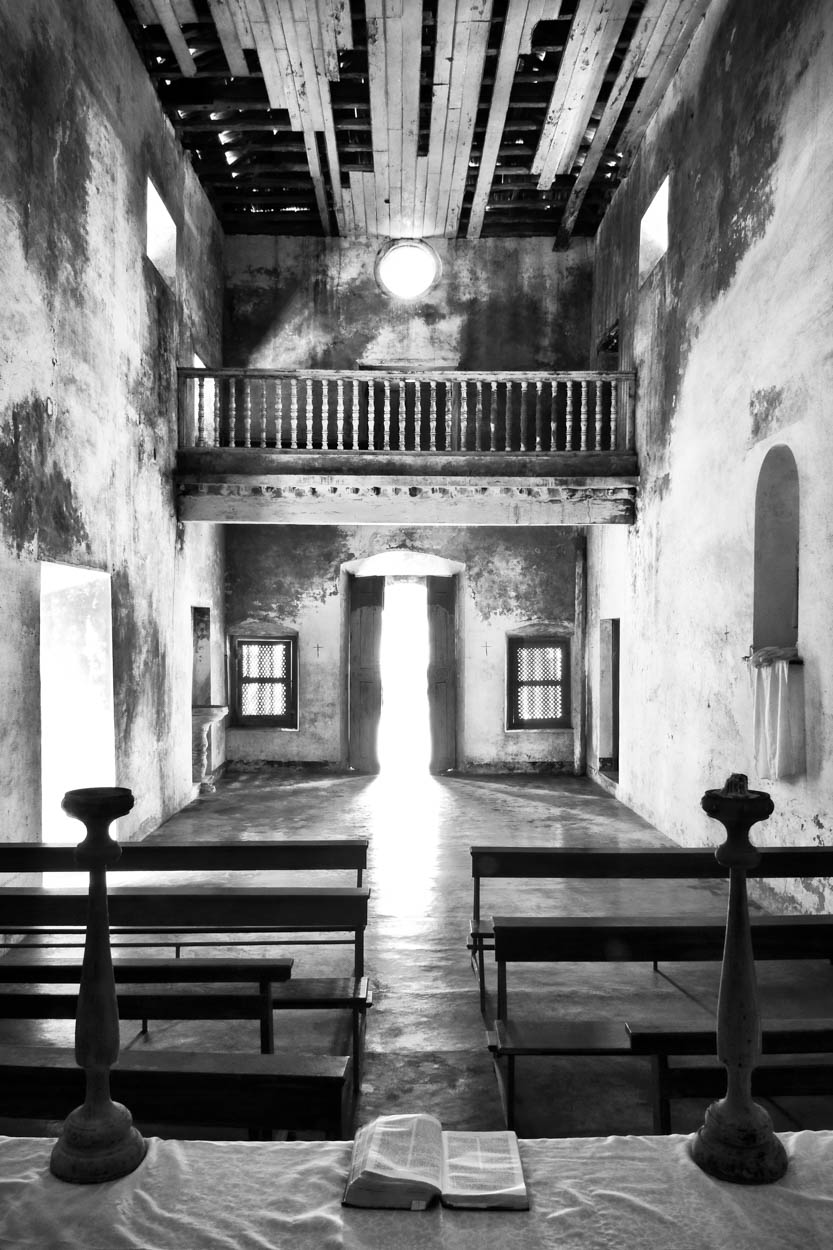
ILHA_16
View fullsize
![ILHA_57]()

ILHA_57
View fullsize
![ILHA_29]()
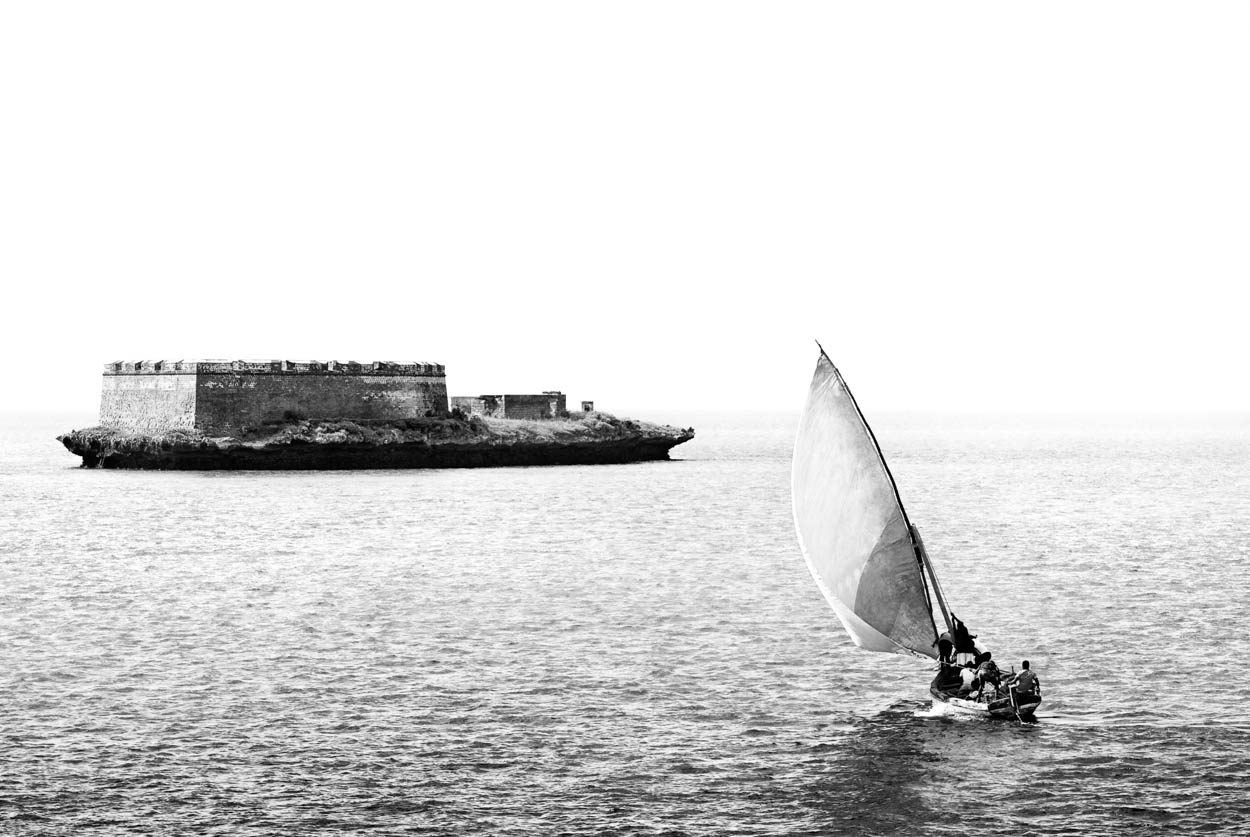
ILHA_29
View fullsize
![ILHA_20]()

ILHA_20
View fullsize
![ILHA_15]()

ILHA_15
View fullsize
![ILHA_14]()

ILHA_14
View fullsize
![ILHA_65]()

ILHA_65
View fullsize
![ILHA_09]()

ILHA_09
